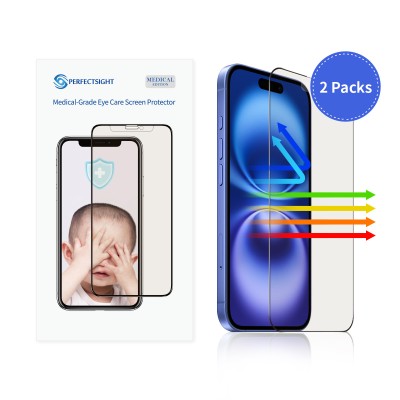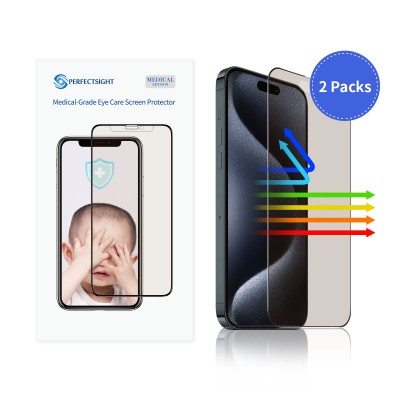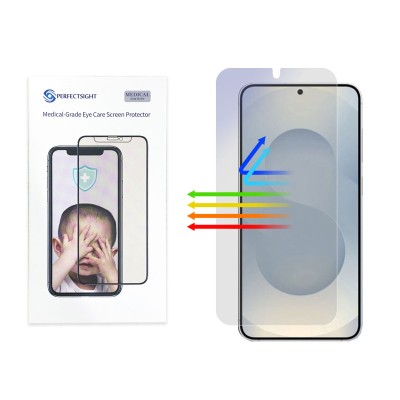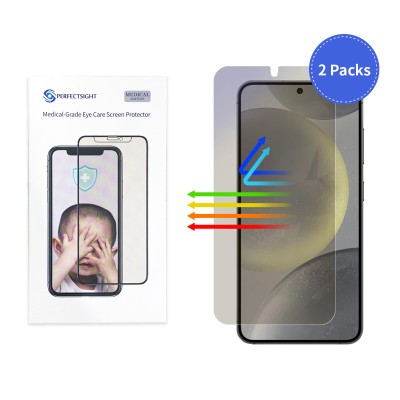Children and Blue Light: Why Choosing Blue Light Protection for Kids is Essential
In our increasingly digital world, children are spending more time than ever in front of screens. From educational tablets to entertainment on smartphones, screens have become a central part of childhood. This rise in screen time brings a pressing question: how does blue light affect children’s developing eyes? Understanding the implications of blue light exposure is crucial for parents who want to protect their children’s vision.

The Vulnerability of Children's Eyes
Children's eyes are still developing and are more susceptible to the harmful effects of blue light. Unlike adults, children have less protective pigment in their lenses, which means that more blue light penetrates their eyes. This exposure can lead to digital eye strain, characterized by discomfort, headaches, and blurred vision. In the long run, excessive blue light exposure may increase the risk of serious eye conditions, such as macular degeneration, later in life.
Alarming Statistics
Recent statistics highlight the urgency of addressing this issue:
Screen Time: Research shows that over 60% of children aged 2 to 17 spend more than two hours a day on screens, often exceeding recommended limits.
Digital Eye Strain Symptoms: A survey found that nearly 30% of children report symptoms associated with digital eye strain, which can affect their academic performance and overall well-being.
Increasing Eye Conditions: The American Academy of Ophthalmology reports a 30% rise in eye diseases among children over the past decade, with blue light exposure being a significant contributing factor.

The Importance of Blue Light Protection
Given these concerning trends, what can parents do?
One effective solution is to invest in blue light blocking screen protectors for their devices. A blue light blocking screen protector with a relatively high blue light interception rate can reduce the damage to the eyes caused by watching electronic device screens for a long time and relieve visual fatigue to a certain extent. For example, the PERFECTSIGHT brand's medical-grade anti-blue light screen protector can block at least 55% of the blue light from the screen, which is a higher blue light interception rate than most screen protectors on the market.These protectors are designed to filter out harmful blue light, significantly reducing exposure and helping to minimize potential eye strain.

Additional Protective Measures:
Screen Time Management: Establishing clear screen time limits is essential. The American Academy of Pediatrics recommends that children aged 2 to 5 should have no more than one hour of high-quality programming each day.
Fostering Outdoor Play: Encourage outdoor activities. Natural light can help regulate the body’s circadian rhythms and reduce the impact of artificial blue light.Children and Blue Light: Why Choosing Blue Light Protection for Kids is Essential
-400x400.jpg)



